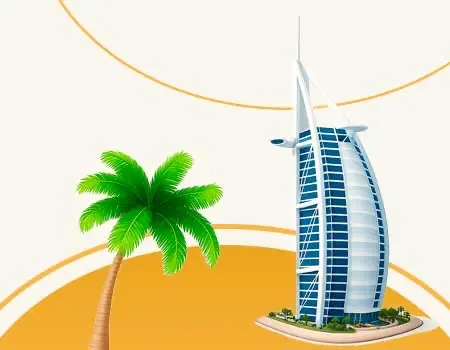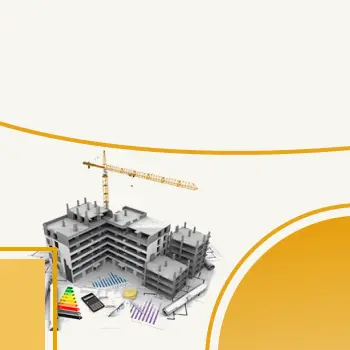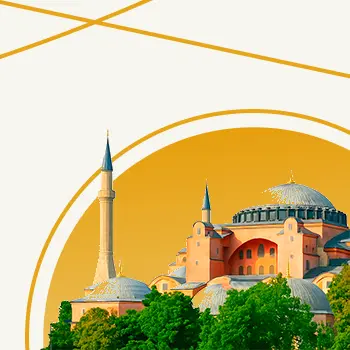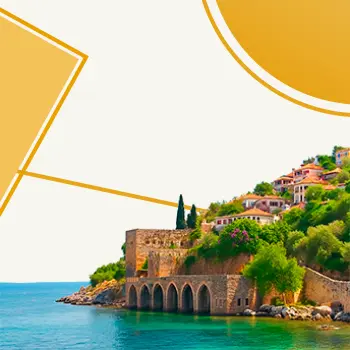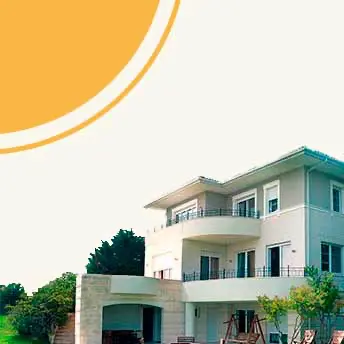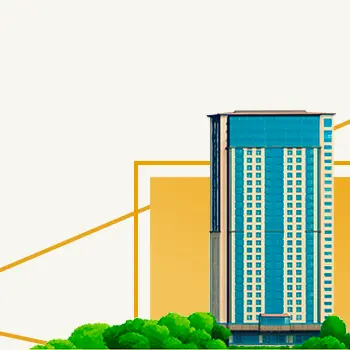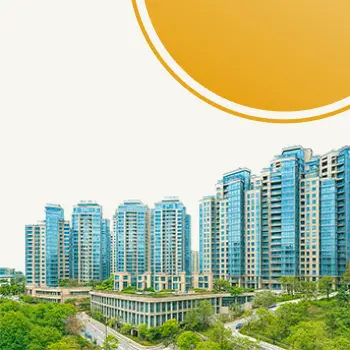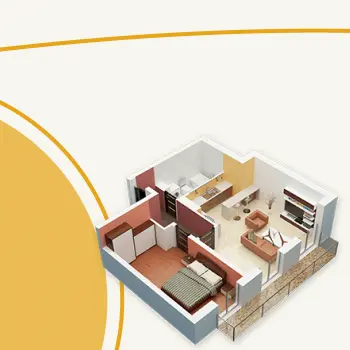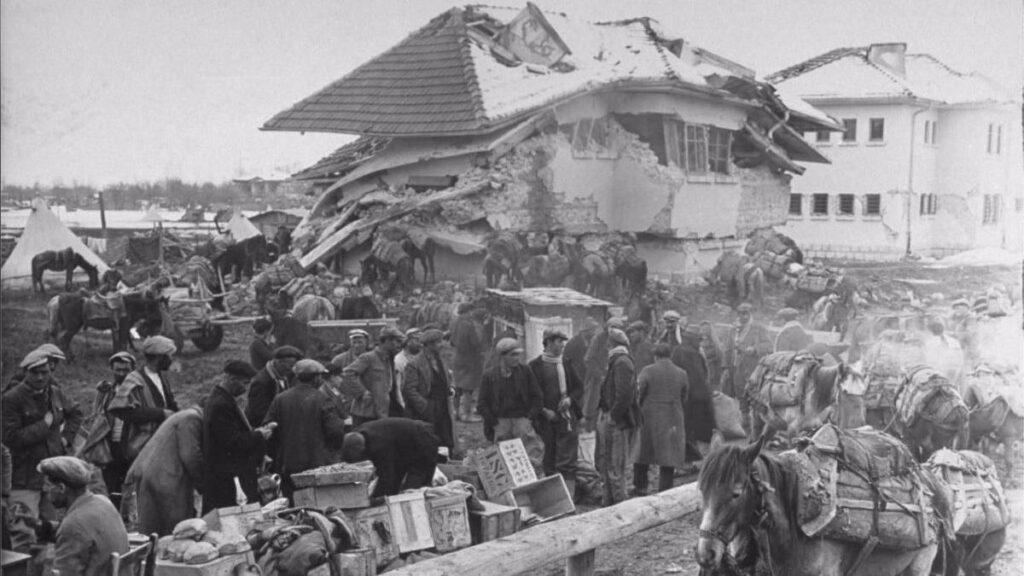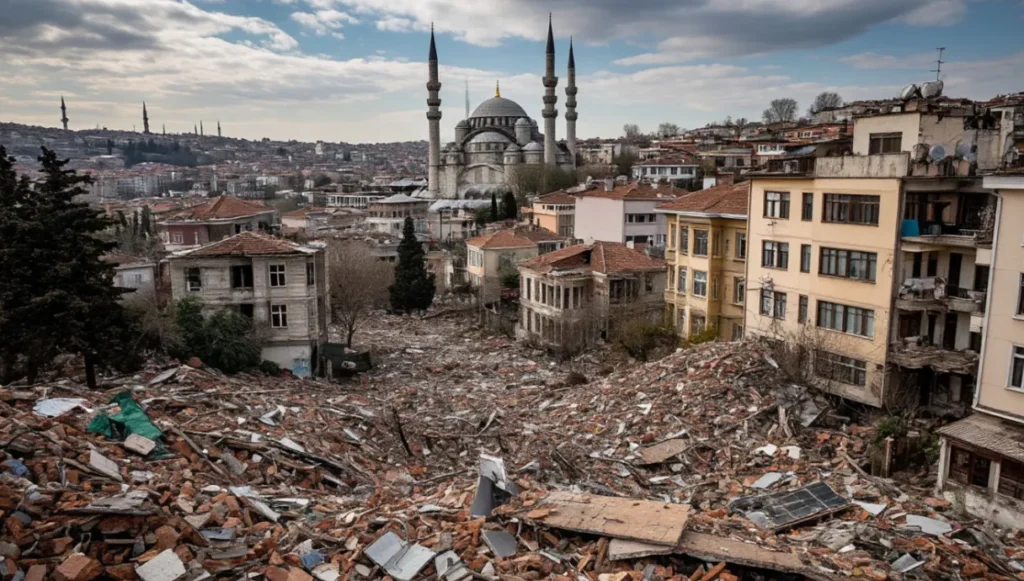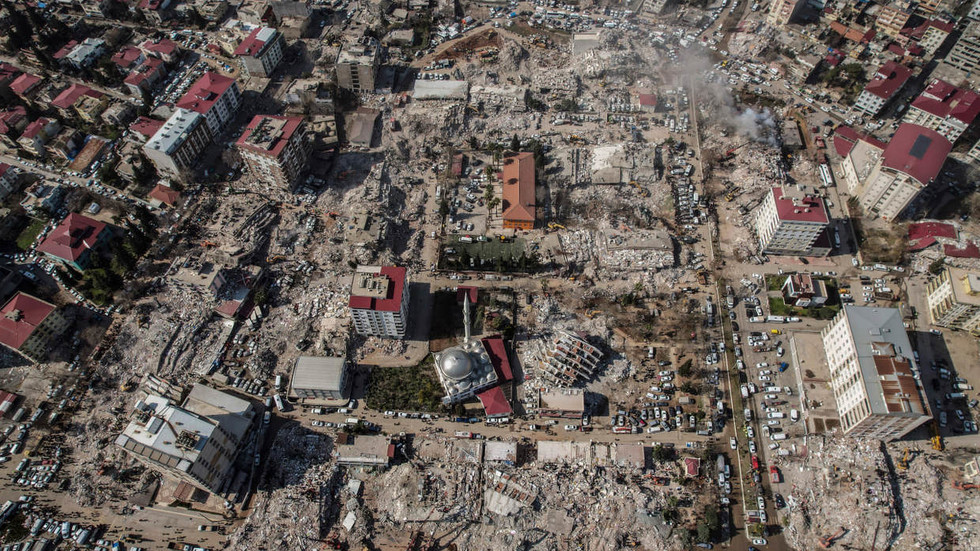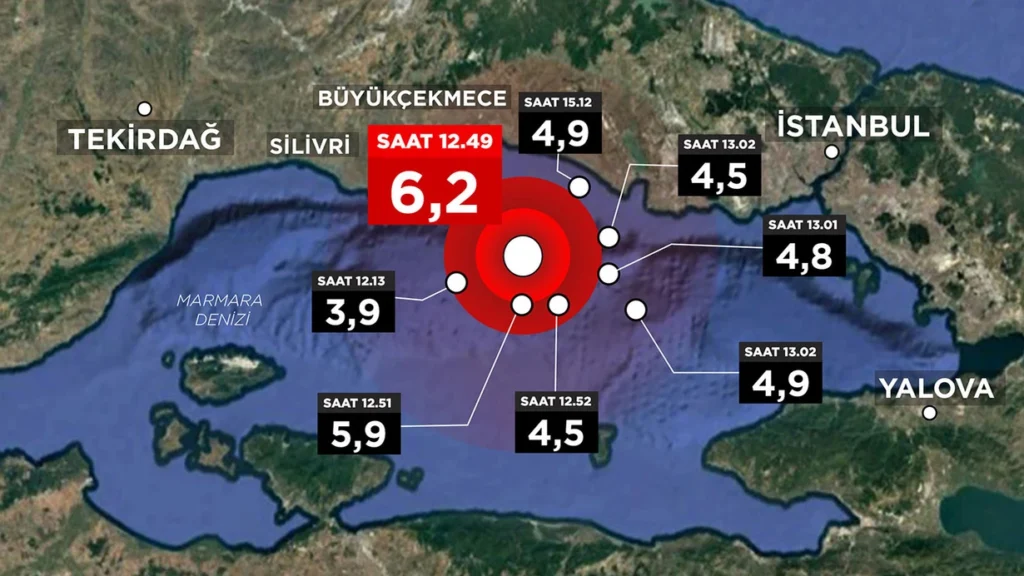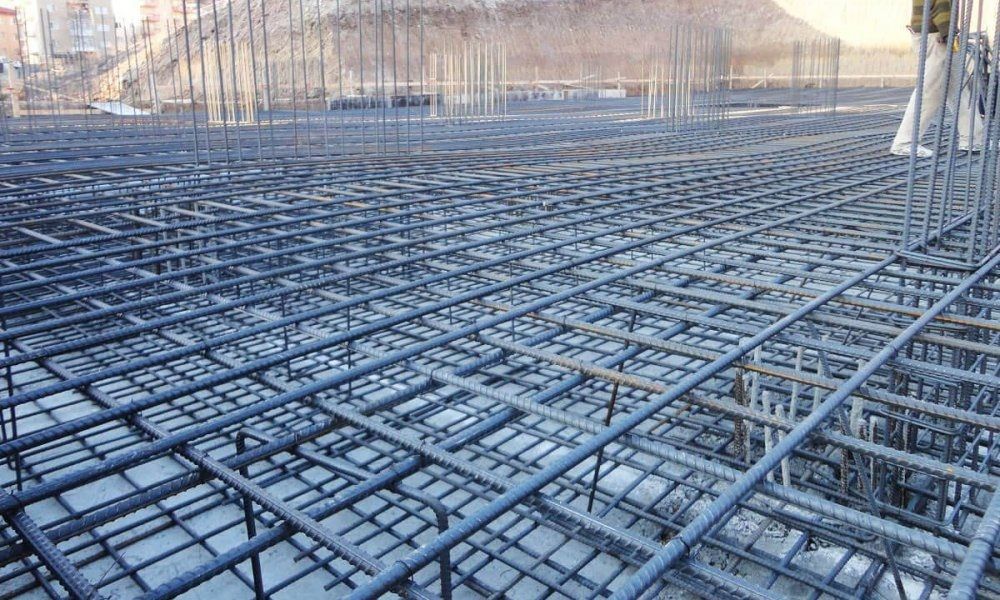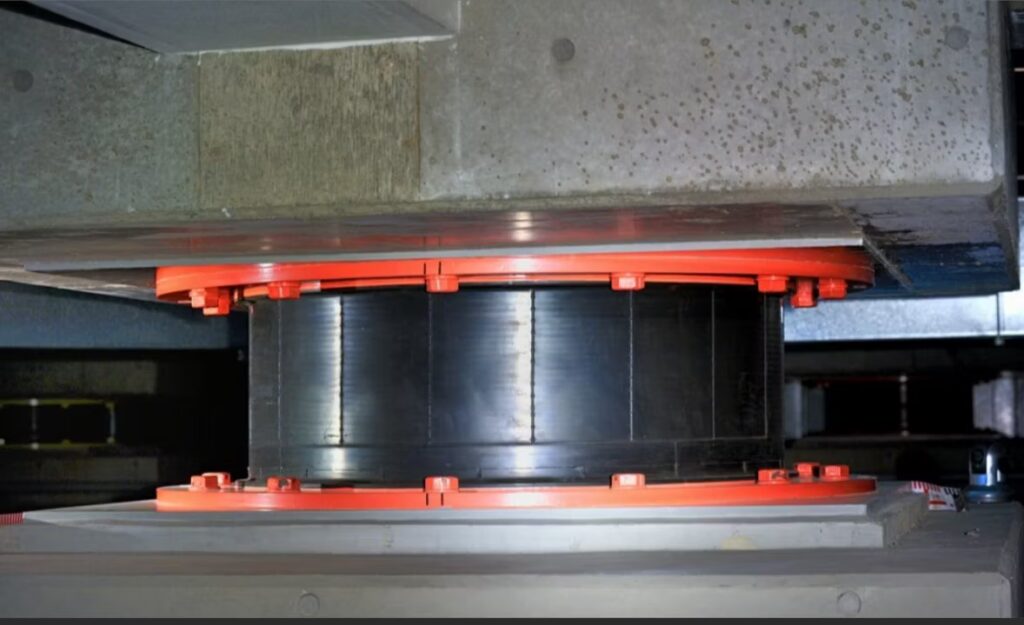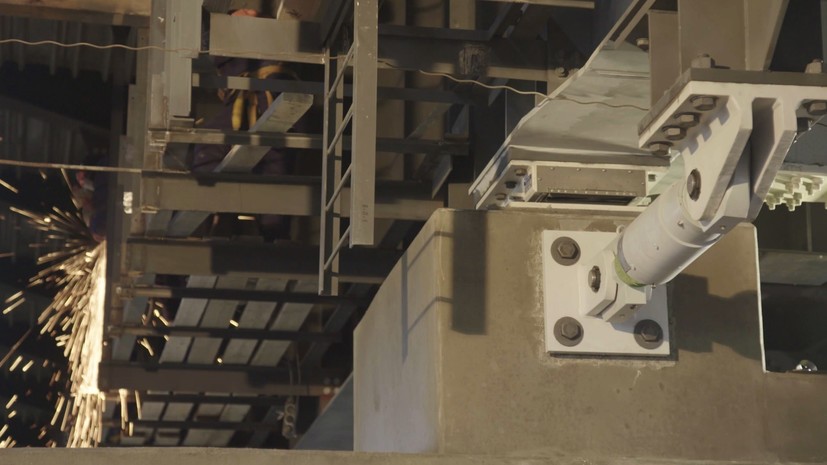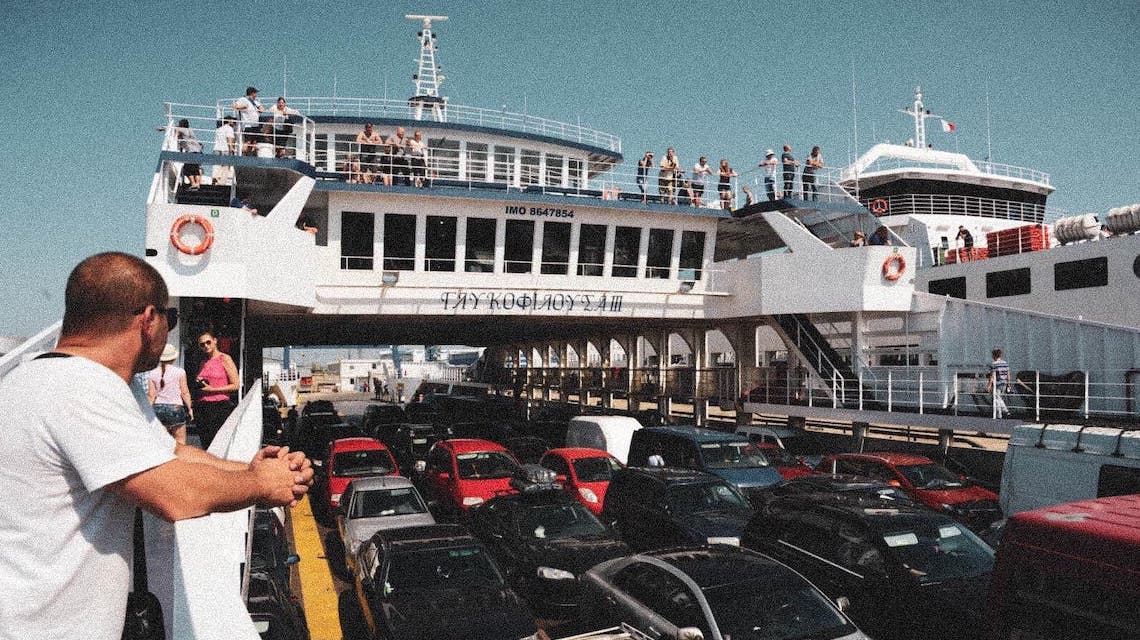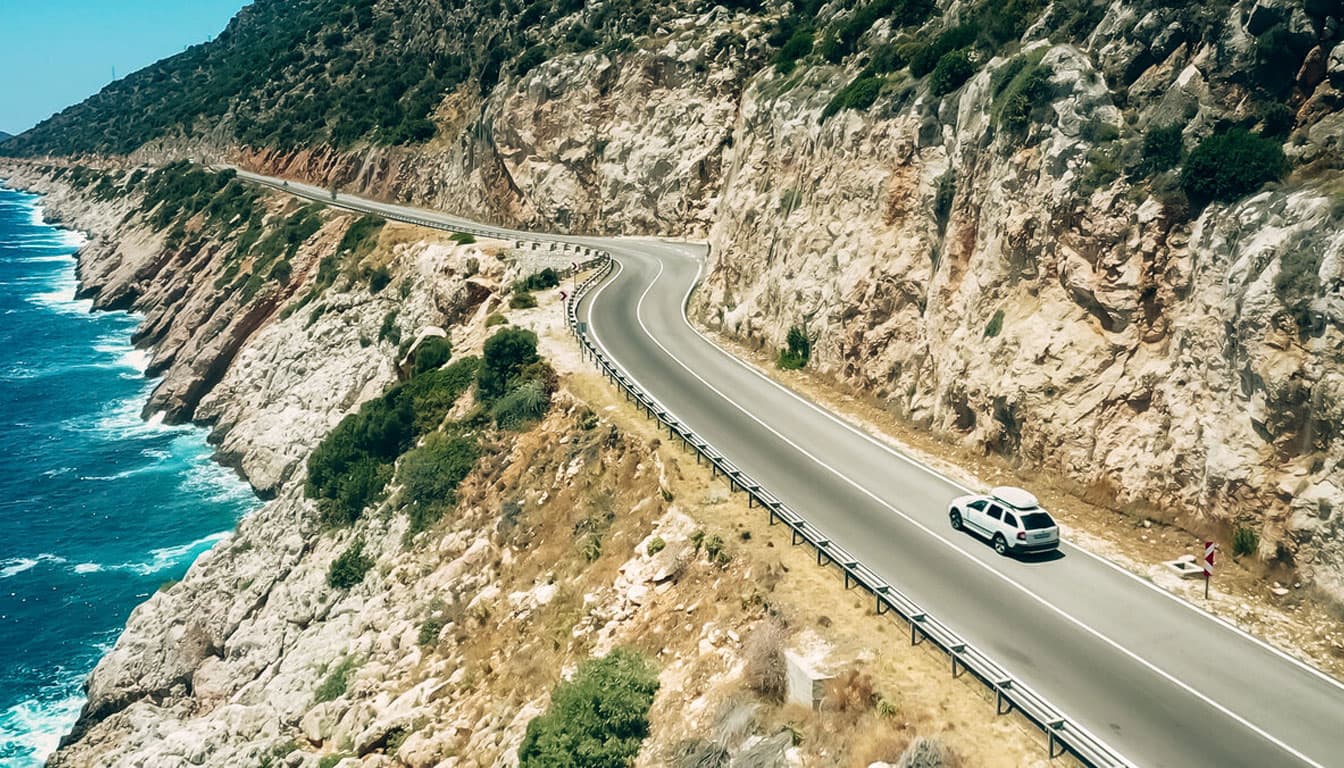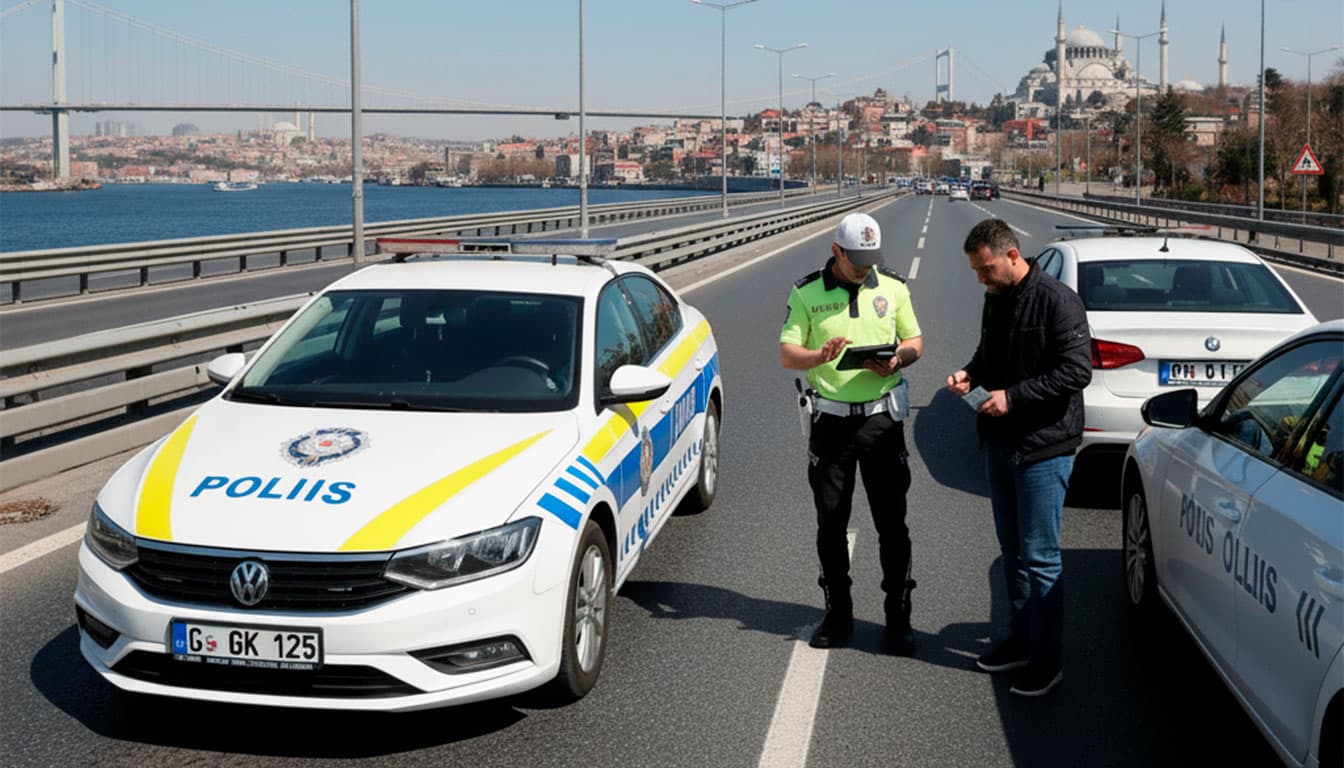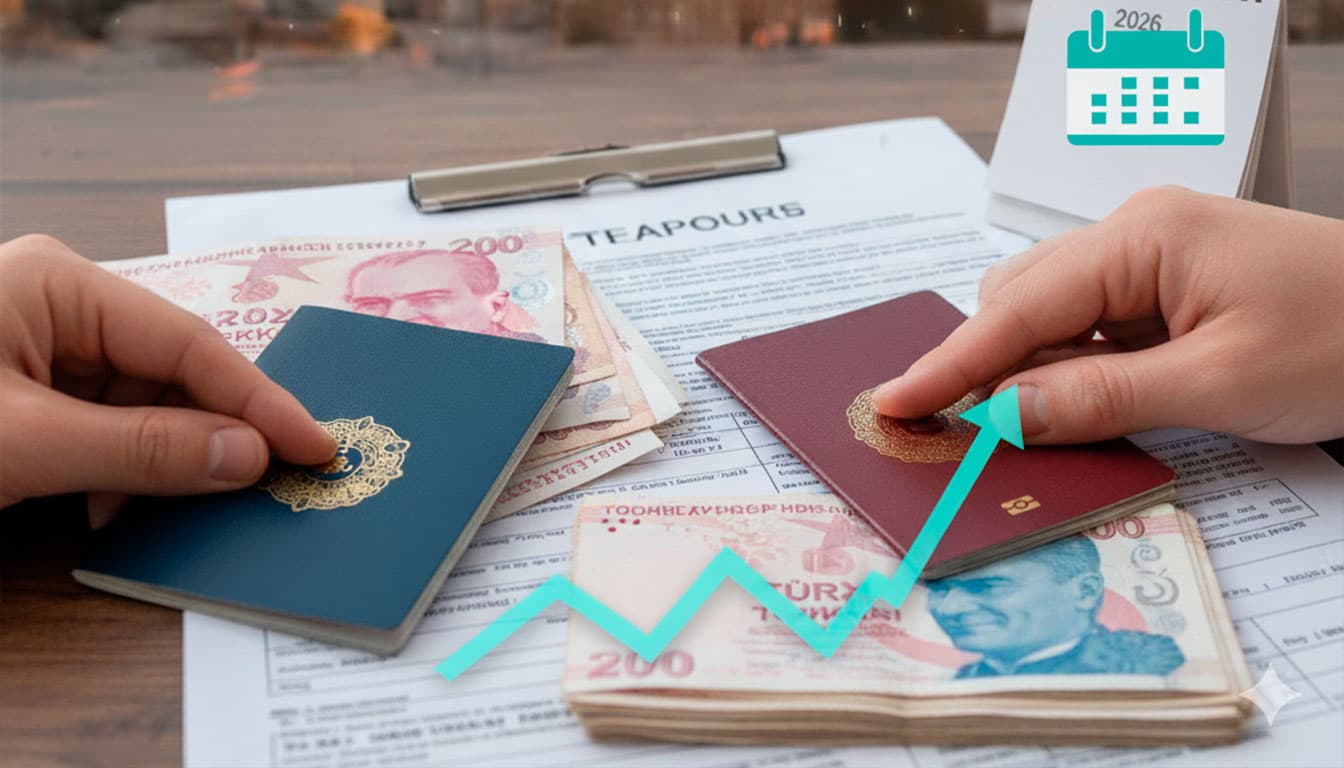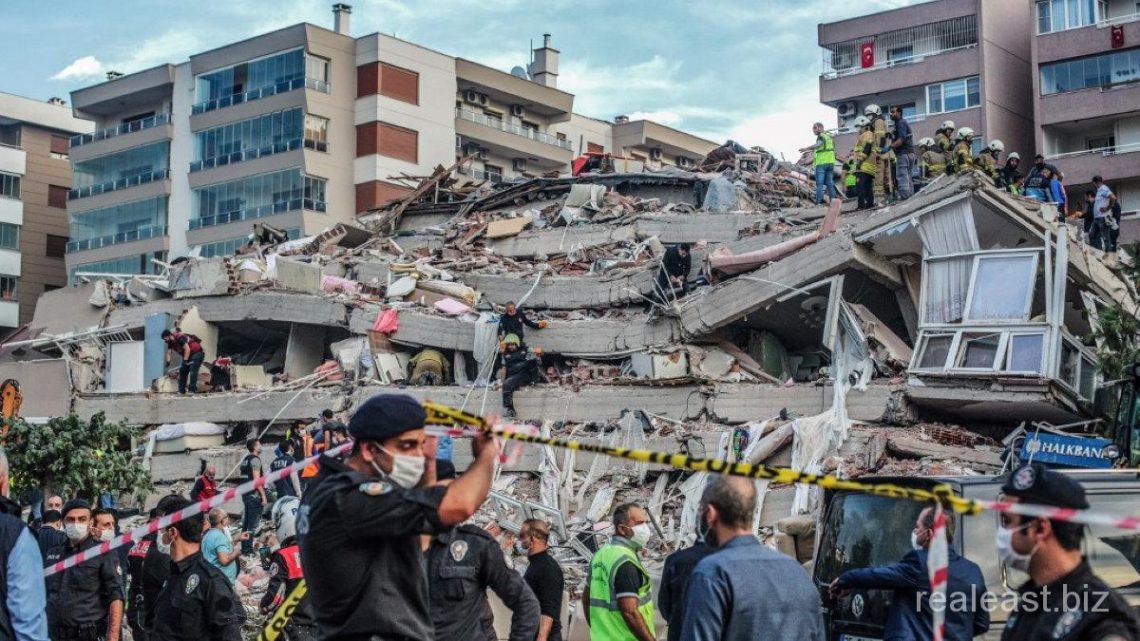
Turkey: How bad are earthquakes?
The birth of the new is preceded by the destruction of the old.
Fires, floods, earthquakes. From every catastrophe, from every natural cataclysm that claimed human lives, humanity learned lessons and accumulated experience to avoid great destruction and a large number of victims. New cities were being built in place of the destroyed ones. Life went on. For centuries, construction safety technologies have remained far from perfect. And it was only the 20th and 21st centuries that brought the latest technologies that allowed human handiwork to withstand the indomitable poetry.
Istanbul is one of the cities that have experienced the effects of earthquakes.
The earthquake of September 10, 1509 in Istanbul
On September 10, 1509, a devastating earthquake struck Istanbul, causing severe damage to the city – more than a thousand houses, many mosques and other buildings were destroyed, and, according to various estimates, from 4,000 to 10,000 people died. The magnitude of the earthquake was about 7 on the Richter scale. Even the Fatih Mosque and Topkapi Palace were damaged. The resulting tsunami, 6 meters high, struck the Princes’ Islands. The severe consequences were the reason why the earthquake of 1509 was named the Small End of the World (Küçük Kıyamet).
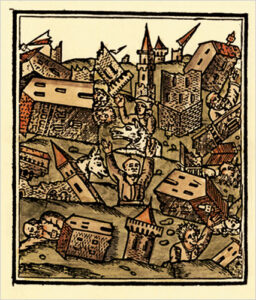
After more than 400 years, Turkey continues to face the destructive forces of nature.
Earthquake of December 27, 1939 in Erzincan
The 1939 Erzincan earthquake was one of the most devastating in Turkey’s history. It occurred on December 27 at 1:57 a.m. local time, with a magnitude of 7.8 and a tremor duration of about 52 seconds. The epicenter was located near the city of Erzincan, on the North Anatolian Fault, where a horizontal displacement of up to 3.7 meters occurred in a 360 km long area.
The disaster claimed the lives of about 33,000 people and injured about 100,000. More than 116,000 buildings were seriously damaged, and the city of Erzincan was almost completely destroyed. Many survivors died from hypothermia as temperatures dropped to -30 °C, and snowstorms and floods complicated rescue efforts.
As a result of the earthquake, a tsunami with a height of 1 to 3 meters appeared, which struck the Black Sea coast. After the disaster, the old location of Erzincan was completely abandoned, and a new city was built slightly to the north. This event marked a turning point in the history of earthquake-resistant construction in Turkey, prompting the authorities to adopt new building regulations aimed at improving the earthquake resistance of buildings. The 1939 Erzincan earthquake remains in memory as a tragic reminder of the destructive power of nature and the importance of preparing for such disasters.
Izmit earthquake on August 17, 1999
And in the recent history of Turkey, one of the most devastating was the Izmit earthquake that affected Istanbul, which occurred on August 17, 1999. The earthquake killed more than 17,000 people and injured another 25,000. 600,000 people were left homeless.
The main reason for the large number of victims and destruction, according to experts, was non-compliance with the norms of urban planning and earthquake resistance. Some houses were built like houses of cards due to the insufficient thickness and strength of the supporting structures, the lack of transverse reinforced concrete wall structures, as well as insufficient filling of the walls with durable building materials.
The February 6, 2023 earthquake in Kahramanmarash
On February 6, 2023, an earthquake occurred in Kahramanmarash, one of the most powerful and tragic in recent decades. The magnitude was 7.8, and the epicenter was located at a depth of only 17.9 km, which increased the destructive effect. As a result, tens of thousands of buildings were destroyed, and over 50,000 people died. This disaster affected not only Kahramanmarash, but also large cities such as Gaziantep, Hatay, Malatya, Adiyaman. Many were left homeless, and hundreds of thousands were forced to leave their homes. The disaster revealed problems in building regulations, building quality control, and the level of preparation for such events.
Earthquake on April 23, 2025 in Istanbul
And now, less than two years later, on April 23, 2025, a new reminder of the indomitable nature is the earthquake in Istanbul.
At 12:49 p.m. local time, an earthquake of magnitude 6.2 occurred in the Marmara Sea, about 40 km southwest of Istanbul. The depth of the hypocenter was about 10 km, which contributed to a strong feeling of tremors in the city and neighboring provinces, including Tekirdag, Yalova, Bursa and Izmir. According to the authorities, 236 people were injured, most of whom were injured as a result of panic and attempts to leave the buildings. The earthquake caused more than 180 aftershocks, seven of which had a magnitude above 4. Many residents preferred to spend the night outdoors, fearing aftershocks. More than 100,000 people have taken advantage of temporary shelters provided by the authorities.
Seismologists warn that this earthquake may be a harbinger of a more powerful event in the future. According to forecasts, an earthquake of magnitude 7-7.2 is possible in the Thrace region between 2045 and 2075. This event once again highlighted the need for strict compliance with building regulations and increased emergency preparedness in the region.
Building standards for earthquake resistance of buildings in Turkey
The severe consequences of the earthquake caused the Turkish government to adopt the strictest building regulations, which place high demands on the earthquake resistance of buildings, as well as stricter control over compliance with construction standards.
This applies equally to high-rise buildings, large residential complexes, and small low-rise buildings. According to the seismic stability map, building height standards have been established for each district of Istanbul. Even a slight deviation from seismic safety standards is fraught with huge monetary fines and loss of license for developers, as well as the inability to put the building into operation.
Each new building in Istanbul is capable of withstanding an earthquake of up to 8 points. This is higher than the maximum values for this region. All houses built in Turkey after 1999 comply with the strictest seismic safety standards.
Of the modern technologies used in construction, it is worth focusing on those that are widely used in construction and have proven their effectiveness. Radye-temel technology is used, which is a self–leveling concrete foundation with reinforced reinforcement. Designed to dampen seismic waves.
The technology of seismic insulation of buildings is also used. So–called “pillows” are created from concrete and polymers, which create a sliding effect. That is, during tremors, buildings seem to slide along the foundation, and the stress creating faults is not created.
It is worth mentioning separately the use of seismic shock absorbers, various kinds of dampers – massive structures acting on the principle of shock absorbers and designed to dampen vibrations.
Combined technologies are used in the construction of high–rise buildings – the lower floors are built using one of the types of seismic insulation, when special supports are used as structural elements, and various kinds of dampers are used at height.
Antiseismic seams are widely used – a type of deformation seams designed to reduce loads on structural elements in places of possible loads. Expansion joints divide the building into blocks, giving it a certain degree of elasticity. Thus, when shocks occur, the risk of cracks in the building structures is reduced.
Construction today is carried out using the latest building materials, for example, high-strength and at the same time light alloys. Istanbul is growing every year. New residential areas are emerging, and new territories are being added to the city. The skyscrapers of Levent and the skyscrapers of the European districts of the city rise to the clouds. And each new building towering over the streets of modern Istanbul represents the victory of human thought.
Humanity is not immune from global cataclysms. A person can only learn from mistakes and create new, perfect systems and mechanisms that help not only protect his life, but also preserve what he created with his hands. And Istanbul will always be a unique and majestic city that preserves the spirit of the great Ottoman Empire and is one of the largest cities in the world, embodying the full power of modern Turkey.
Updated: April 24, 2025
